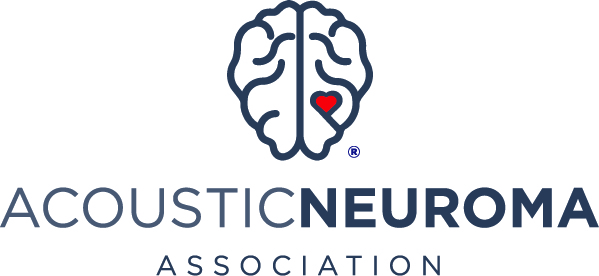Mirror trick shows promise as stroke therapy
Fri Sep 26, 2:21 AM ET
LONDON (Reuters) - Using a mirror to create the illusion that a person's paralyzed limb moves in tandem with a healthy one appears to speed recovery from stroke, a Japanese researcher said Friday.
ADVERTISEMENT
The finding showed the optical illusion works faster than conventional treatment and suggests the mind plays a powerful role in the body's recovery, Kazu Amimoto of Tokyo Metropolitan University told the World Stroke Conference in Vienna.
"The mental aspect of rehabilitation, has far greater importance than previously understood and should be paid far more attention," Amimoto said in a statement.
Hemiplegia, a condition in which one half of a person's body is paralyzed, is one of the most common long-term consequences of stroke and one of the biggest challenges for rehabilitation.
Conventional therapy seeks to restore mobility and movement by concentrating directly on the paralyzed half of the body using physical exercises and stimulation.
In the new therapy, the researchers placed a mirror on the middle of a person's body so that movements from the healthy limbs made it appear as if the paralyzed arms and legs were moving in similar fashion.
This optical illusion had a far greater effect stimulating the brain and improving motor function in the paralyzed part of the body, Amimoto said.
The researchers compared the treatments by measuring the angle at which the foot joint could bend and the time it took people to perform a task with the paralyzed lower limb.
They found in the study of 14 stroke patients that direct treatment brought a 0.9 degree improvement in the angle of bending and no acceleration of movement while the mirror trick resulted in acceleration in movement of more than 12 percent, Amimoto said.




